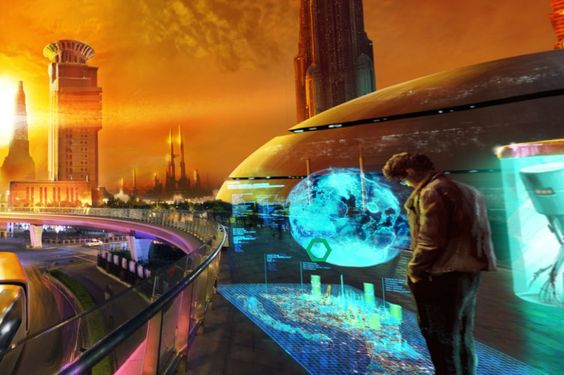A new interactive map shows the likely impact of climate change and industrial development on the land area, a sinister prediction from how vulnerable our planet will be as we go to 2050. The new map of the global land cover of 2050 is part of ESRI’s live atlas, playing satellite images and more at a glance at the next three decades.
“Understanding how our world has changed, you can provide information on how to build a more sustainable and prosperous future,” explains ESRI. “When analyzing the data of historical global earth coverage and the observation of changes over time, we can make fundamental predictions and forecast growth patterns for the future.”
The result is a new set of maps, the work of collaboration between Clark Labs in Clark University and ESRI. They used decades of satellite observation data from the Climate Change Initiative of the European Space Agency to show how different sections of the Earth are being used. By tracking changes from 2010 to 2018, they developed a vulnerability model that could bake the atlas alive.
The model tracks where development could convert areas of natural vegetation, or lands, agriculture and urban lands. Built in the algorithm are factors such as the distance to the modified areas, the infrastructure population counts and the gross data of the internal product (GDP), together with the bioclimates and geophysical data. The resulting maps have a resolution of 300 meters.
What is especially telling is that it can easily track the changes of how things were in 2018, the way things are expected to be carried out in 2050. In many urban areas, the forecast is greater expansion, which is currently It is farmland, grassland, scroll or sparse vegetation to be replaced by artificial surfacing or buildings.
The coastal areas are also particularly prone to see urban development and a greater density of artificial surfaces. That could have sinister repercussions, given studies recently published by NASA researchers who look at the trends in coastal flooding. They found that, thanks to the increase in sea levels of climate change, combined with the natural “trembling” cycle of the Moon, since orbit to Earth, the seasonal flood is much more likely at 2030.
Previously, US NASA UU and the European Space Agency announced that they were forming a strategic alliance on climate change. Part of this will be satellite-free liberation and other data, showing some of the changes on the planet since the decades of NASA and ESA projects. The hope is that, as with this new addition to the live atlas, improvements in access to trend data and more will help emphasize the urgency of climate change and global warming.






